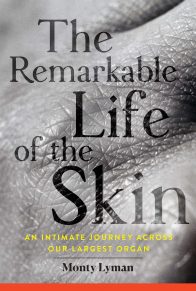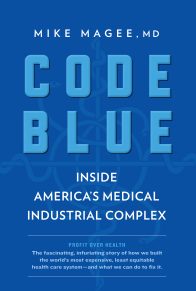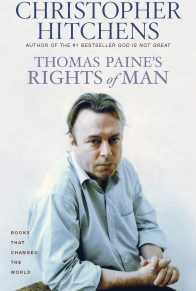“There may be more emotion per square foot in [an emergency room] than anywhere else, and this extraordinary book captures that intensity. Richards . . . produced the book after spending about seven weeks in Denver General Hospital’s emergency room and ambulances. The 105 photographs he includes and the accompanying text (mostly interviews with hospital personnel and transcripts of dialogue or radio communication) generate a palpable sense of place.” –People
“This is photojournalism at its best. . . . Richards is to the 1980s what Jacob Riis, Lewis Hine, Walker Evans, Dorothea Lange, Robert Capa and Eugene Smith were to earlier eras.” –The Wall Street Journal
“An unflinching oral history that captures the pervasive despair of life in America’s decaying inner cities.” –The Washington Post
“In the manner of Studs Terkel, [Richards] elicited an oral history of the emergency room; and in the manner of W. Eugene Smith, he recorded it with his camera. . . . Eugene Richards is in many ways the successor to Eugene Smith as the leading photojournalist of his day.” –St. Louis Post-Dispatch
“The words are brutal and the photographs searing. It is compelling.” –The Denver Post
“A modern-day version of Dante’s Inferno. Dante’s visions of hell were in his imagination: unfortunately, Richard’s camera caught scenes only too true: doctors, nurses, paramedics, and society’s victims of the asphalt jungle. Richards has become the social-visual commentator on contemporary American life, with an unblinking eye and a compassionate heart.” –Cornell Capa













